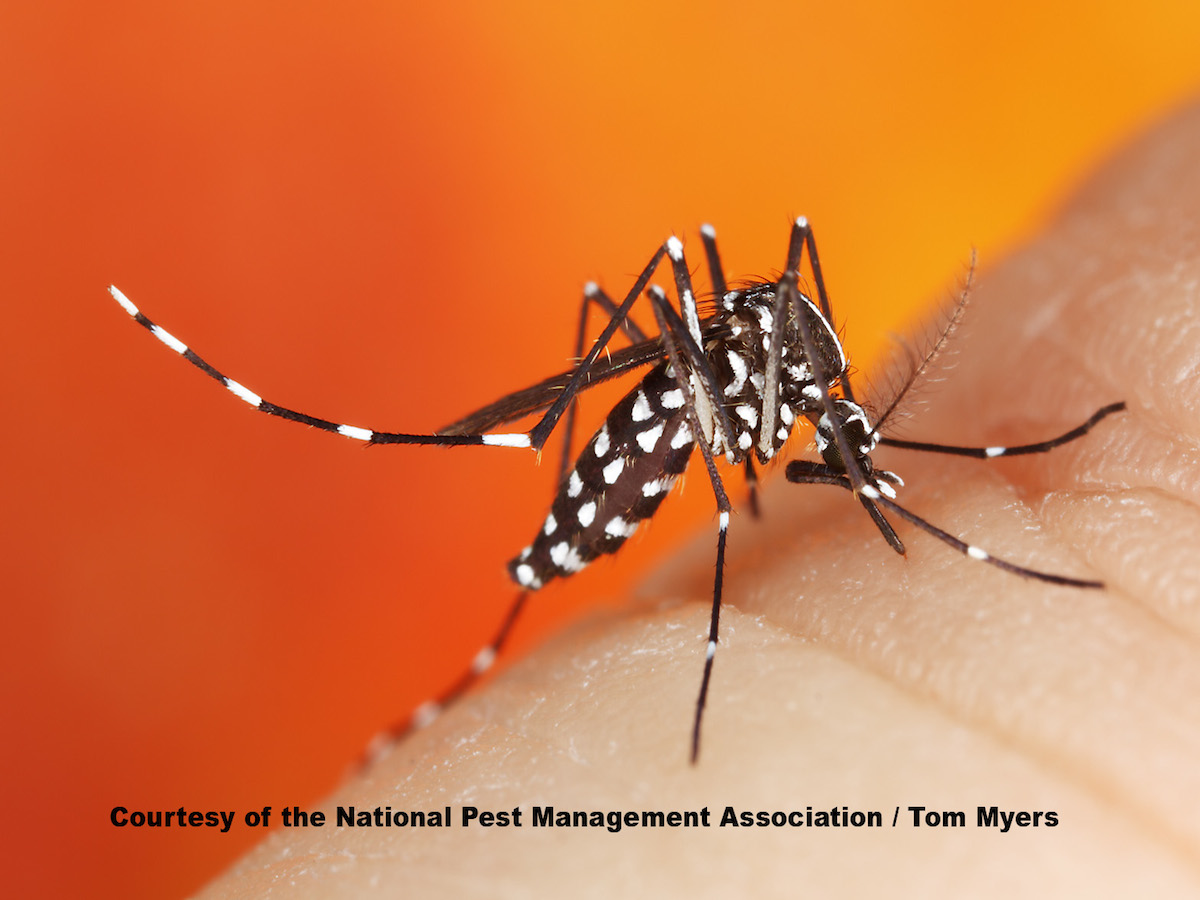
Title: Blood from Patients on Metabolic Drug Found to Be Deadly to Malaria Mosquitoes: A Novel Approach Against Disease Transmission?
In a remarkable breakthrough, scientists have revealed that blood from individuals taking nitisinone—a medication aimed at treating uncommon metabolic disorders—can eliminate Anopheles gambiae, the primary mosquito species responsible for malaria transmission. This discovery paves the way for an innovative and potentially effective strategy for disease prevention in regions affected by malaria by converting human hosts into deadly traps for mosquitoes.
What Is Nitisinone?
Nitisinone is a synthetic substance initially designed as an herbicide. It operates by blocking the enzyme 4-hydroxyphenylpyruvate dioxygenase (HPPD), which is essential for metabolizing the amino acid tyrosine in both plants and animals. In clinical applications, the drug has been repurposed and authorized for treating rare metabolic disorders in humans, including alkaptonuria and hereditary tyrosinemia type 1. These genetic disorders hinder the body’s capacity to break down tyrosine, resulting in toxic buildup without appropriate medical treatment.
Lethal Impact on Mosquitoes
Recent research has revealed an unexpected and potentially game-changing application for nitisinone: the control of mosquitoes. HPPD is also crucial for mosquitoes, including Anopheles gambiae, for processing blood meals. When female mosquitoes consumed blood infused with nitisinone, the outcomes were fatal. The substance was shown to be toxic not only to both young and older mosquitoes but also to strains that had developed immunity to standard insecticides.
Interestingly, the mosquitoes perished within 24 hours of consuming nitisinone-containing human blood—significantly faster than ivermectin, a recognized antiparasitic agent with insecticidal properties, which usually requires up to four days to kill mosquitoes after ingestion.
Efficacy Comparison: Nitisinone vs. Ivermectin
A pharmacokinetic–pharmacodynamic modeling assessment of the two medications further highlighted nitisinone’s remarkable mosquito-eliminating ability. Clinical data indicated that concentrations of nitisinone capable of killing mosquitoes could persist in the bloodstream for up to 16 days after administering three daily doses of 1 mg/kg. Conversely, a similar treatment with ivermectin (0.6 mg/kg) proved effective for only 10 days. Moreover, even minimal daily doses (2 mg) of nitisinone taken by those with alkaptonuria were lethal to mosquitoes, bolstering the drug’s potential as a tool for blocking transmission.
Implications for Malaria Management
With around 240 million malaria cases and more than 600,000 fatalities each year—predominantly in sub-Saharan Africa—there is an urgent need for new strategies to supplement current interventions like insecticide-treated bed nets and antimalarial therapies. Utilizing human blood as a vector-killing agent could offer a groundbreaking additional approach to lessening malaria transmission in high-risk regions.
The concept of employing a pharmaceutical to make the human host deadly to mosquitoes is in line with endectocidal treatment principles. By indirectly targeting the mosquito population, this strategy may also aid in reducing the spread of other mosquito-borne illnesses, such as dengue and Zika.
Safety and Future Research
Despite the encouraging results, researchers warn that additional studies are necessary before nitisinone can be implemented as a vector-control tactic. Current data on dosage safety comes from individuals with rare metabolic disorders; the impact of the drug on healthy individuals at higher dosages remains unclear.
Researchers emphasize the need for further exploration of nitisinone as a supplementary tool for malaria prevention, particularly in areas where mosquito resistance to conventional insecticides is increasing. Clinical trials will be crucial for evaluating the safety, effectiveness, and potential mass deployment of the drug in regions plagued by malaria.
Conclusion
The revelation that blood from nitisinone-treated patients can kill malaria-carrying mosquitoes within 24 hours of ingestion marks a notable advancement in the battle against a long-standing disease. If subsequent studies validate the safety and feasibility of this method, nitisinone could emerge as a vital new asset in global malaria management efforts—empowering everyday individuals to actively engage in the fight against one of the world’s most lethal parasites.